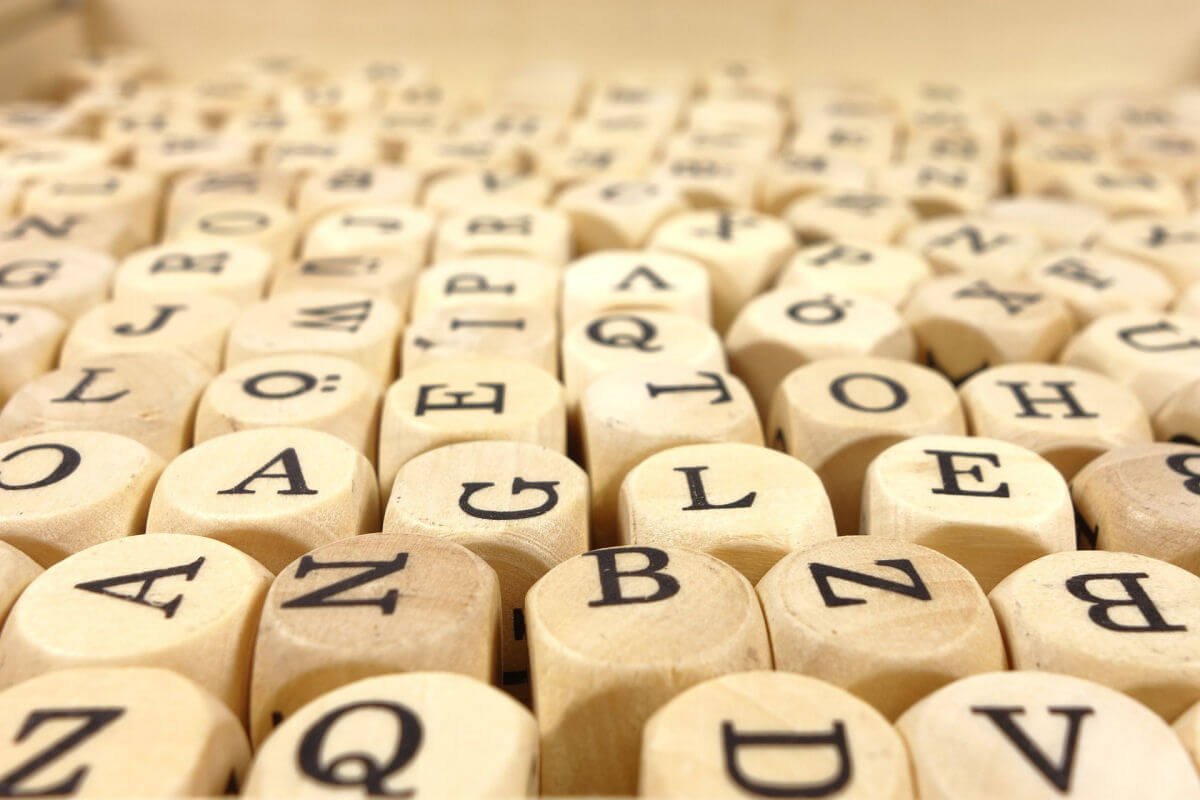Alphabet in Many Languages
- Home
- Alphabet
What is an Alphabet?
An alphabet forms the basis of many different languages. It is a system of writing that uses a standardized set of letters to represent the sounds of a spoken language. The word "alphabet" comes from the first two letters of the Greek alphabet, alpha and beta, which were used in ancient Greece to represent sounds in their language. Today, alphabets are used worldwide in many different languages, including English, Spanish, French, and Arabic.

Alphabets can vary in size, with some consisting of just a few letters and others containing dozens. In the English language, for example, there are 26 letters, while the Russian alphabet has 33 letters. Alphabets can also differ in terms of the writing direction, with some languages being written from left to right, such as English and Spanish, and others being written from right to left, such as Arabic and Hebrew.
The alphabet is a fundamental aspect of literacy and education, and learning the alphabet is often one of the first steps in learning to read and write. This foundational stage can be surprisingly challenging for some learners, leading to frustration and the tempting, yet often counterproductive, thought to simply find a service to do my homework for me online.
Alphabets can also have cultural and historical significance, as they can reflect the development and evolution of a language and its writing system over time, as well as being used in methods of communication such as Morse code in times of war for instance.
Today, many people are able to type or write using digital devices, but alphabets continue to be an essential part of our communication, whether it be in written form or spoken aloud. Learning and understanding the alphabet is an important step in acquiring and learning a new language, and it can open up opportunities for communication and connection with people from different cultures and backgrounds.

History of the Alphabet
The alphabet has a rich and fascinating history that dates back thousands of years. The earliest known alphabetic system was developed by the Phoenicians in the second millennium BC, and this system was later adapted by the Greeks and Romans (Related Link: Learn Latin).
Over time, the alphabet evolved and became more standardized, with many of the letters we use today having been developed during the medieval period.
The introduction of the printing press in the 15th century helped to further standardize the alphabet and make it more widely accessible, leading to the rise of mass literacy in many parts of the world.
Alphabets in Modern Technology
The rise of digital technology and social media has given rise to new forms of communication that often rely on non-traditional alphabets and writing systems. For example, emojis and other symbols have become a popular way of expressing emotions and ideas in digital communication, and many languages now have their own unique symbols and characters that are specific to digital platforms.
Some experts predict that in the future, new alphabets and writing systems will continue to be developed to accommodate the evolving needs of digital communication.

The Challenges of Learning New Alphabets
Learning a new alphabet can be a challenging but rewarding experience, particularly for people who are interested in expanding their language skills. However, it's important to be aware of some of the challenges that can arise when learning a new alphabet, such as differences in writing direction, the need to learn new symbols and characters, and potential issues with font compatibility on digital devices.
Websites such as Linguanaut, along with other resources such as language learning apps and online courses can be helpful for people who are interested in learning a new alphabet, as well as online language tutors. Whatever method or combination of methods that you choose, it's important to be patient and persistent in your studies to ensure success.
Alphabets by Language
Please select a language from the list below to view the corresponding alphabet page:
- Arabic
- Chinese
- Danish
- Dutch
- Esperanto
- Farsi
- French
- German
- Hebrew
- Hindi
- Indonesian
- Italian
- Japanese
- Korean
- Malay
- Portuguese
- Russian
- Spanish
- Swedish
- Turkish
